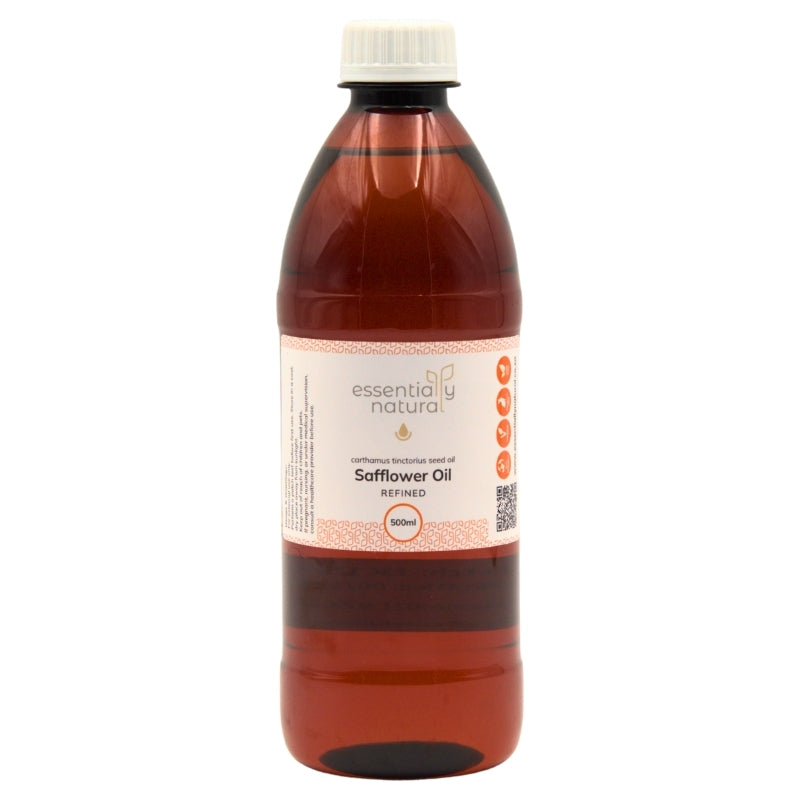
Bald Heads, Baby Bums and Big Feelings: Baby Oil Exposed – with a quick DIY
Aiden van WykYou're lifting your little one from a just warm enough bath. They don't quite know how to play in the water yet, but they are highly ranked, world-class experts at the art of waving their tiny chubby arms and looking up at you - looking up at you with those eyes.
You feel a connection that's impossible to describe but everybody who knows, knows...
You have been blessed.
They smile at you.
It's probably just a little wind causing that grin to spread across their face, but you simply can't help melting when they smile at you like that. These are the moments that the exhaustion just slips away.
You look to apply the baby oil to your bundle of love and find down in your hands a mystery...
"What is this though? There is no baby seeds to get the oil from - what is baby oil?"
You flip the bottle and you find: Mineral Oil and Parfum.
Oh.
A little confused - you're not sure whether that means it's unsafe, or bad for the environment, or what mineral oil really is but you do know this: You don't want to put petroleum on your precious. Petroleum or Parfum.
If this sounds familiar to you, don't worry, making baby oil yourself is actually really easy - and can be done in a way that nourishes your baby's skin and your own - an unspoken bonus. Kindly read on for a quick guide to baby oil and how to DIY a natural alternative that nourishes your babys' skin.
What is Baby Oil?
Baby Oil is a completely oil-based ingredient - as the name implies - and is usually 98% Mineral Oils - a petroleum derivative - and a little fragrance. This means that all it does is form a barrier without adding any nutrients. This could be fine as it's non-allergenic, highly stable (doesn't go rancid) and locks in moisture - it gets the job done - but for those looking to reduce their reliance on petroleum-based ingredients, it may not be the first choice.
Why is Petroleum bad?
Petroleum is derived from fossil fuels, making it a non-renewable resource that can't meet ECOCERT standards. Its extraction and processing contribute significantly to environmental harm - like oil spills, water contamination, and greenhouse gas emissions.
While some carbon footprint is part of modern living, it's still worth choosing more natural, renewable, and eco-conscious alternatives wherever possible. Small shifts in our daily lives do add up - and help ensure a healthier future for both our skin and our home.
Is baby oil safe?
Baby Oil contains no nutrients (like lipids or fatty acids), so it doesn't harm or nourish the skin microbiome - so while baby oil is generally safe, it seems almost like a wasted opportunity. For people interested in microbiome-friendly skincare, natural oils with bioactive components (like sunflower, rosehip, or jojoba) are better options - as they support both barrier repair and microbial diversity.
Can adults use Baby Oil? How?
I know it seems like a silly question; but in all honestly I wasn't exactly sure how/if I (a full grown man) could use baby oil. All I recall is that my dad always has a bottle in his cupboard - and I suspect it had something to do with that shiny bald head.
Now, I'm not bald.
Ironically, many babies are.
So I figured there must be more to this product than meets the eye. Let's take a look at how it's actually used for babies:
- It locks in moisture after a bath.
- It's used for dry patches, cradle cap or mild eczema.
- If you give your baby a massage - like the classic stomach rub you give babies for winds - this can be a great lubricant.
- Some folks find it useful as a barrier against nappy rash.
- Soothes delicate skin.
All of this works so well because baby oils are gentle on the skin and great at sealing in moisture.
In adults, baby oil is often used as a moisturiser for dry skin after a shower or applied to cracked heels for added softness. Some men use it as a substitute for shaving cream, while many women apply it during pregnancy in hopes of reducing stretch marks. Since Baby Oils are essentially branded mineral oils, they don't actively prevent stretch marks - what they do is help soothe the skin and reduce discomfort associated with stretching. By reducing itching and dryness, they may indirectly help minimize skin damage, though they don't address the underlying changes that cause stretch marks. It can also be used as a makeup remover, in massage oils and is sometimes used in nail care to soften nails.



























